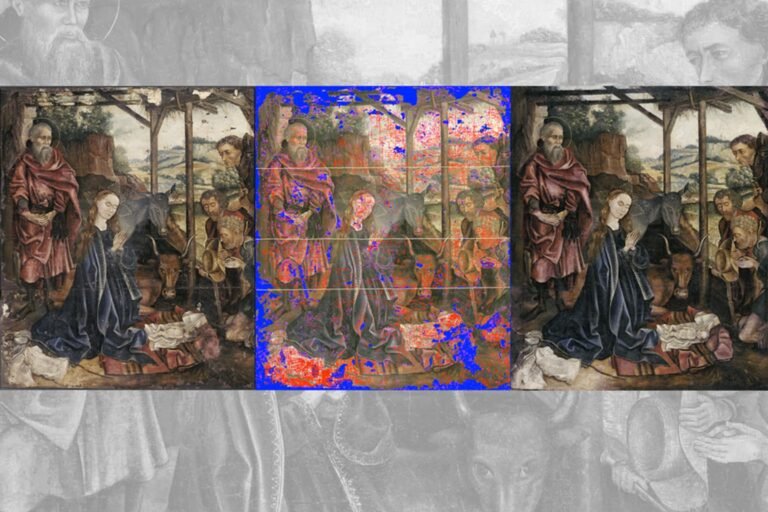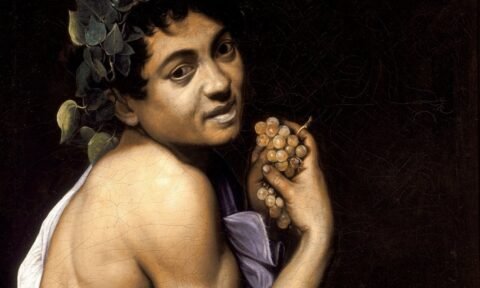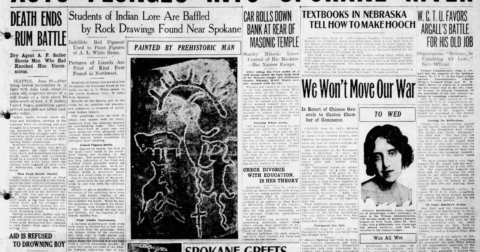TL;DR: A new chapter in art conservation is unfolding at the Massachusetts Institute of Technology, where mechanical engineering graduate student Alex Kachkine has developed a technique that could dramatically change how damaged paintings are restored. For centuries, art restoration has been a painstaking, manual craft, with conservators spending months or even years meticulously retouching faded or cracked works, often matching colors by hand for thousands of tiny regions. Now, artificial intelligence and advanced printing technology are allowing conservators to restore paintings in just hours, while preserving both the original artwork and a detailed digital record of every intervention.
Kachkine’s method begins with a traditional cleaning of the painting, removing old varnish and previous restoration attempts to reveal the true extent of the damage. The cleaned artwork is then scanned at high resolution, capturing every detail, including cracks, losses, and faded areas.
Next, AI algorithms analyze the scan and generate a virtual reconstruction of what the painting likely looked like when it was first created. This digital restoration is not simply a guess; the software learns from vast datasets of historical art, color palettes, and stylistic cues to produce a result that closely matches the original artist’s intent.
The technical heart of the process lies in translating this digital restoration into a physical form. Custom software maps out every damaged region and determines the precise color needed for each spot. This information is used to print a two-layer mask onto an ultra-thin, transparent polymer film using high-fidelity inkjet printers.
One layer contains the color information, while the second is printed in white to ensure accurate color reproduction – a crucial step, since the interplay of white and color inks is necessary to achieve the full spectrum seen in original paintings.
Once printed, the mask is carefully aligned by hand and applied to the surface of the original painting, adhering with a thin spray of removable varnish. The result is a restored appearance that can be reversed at any time: both the mask and the varnish can be dissolved with standard conservation chemicals, leaving the underlying artwork untouched. This reversibility is a major advantage over traditional restoration, which often involves permanent changes to the original surface.
A demonstration of the technique on a severely damaged 15th-century oil painting showcased its speed and precision. The AI identified 5,612 separate regions requiring repair and mapped 57,314 distinct colors to fill them. The entire process – from scanning to final application – took just three and a half hours, a task that would have required many months of manual work.
Kachkine estimates the method is more than 60 times faster than hand restoration, potentially unlocking access to the estimated 70 percent of institutional art collections that remain in storage due to the high cost and time demands of traditional conservation.
Beyond speed and efficiency, the approach offers new levels of transparency and documentation. Each mask is digitally archived, providing future conservators with an exact record of what was restored and the method used. This digital trail ensures that every intervention is reversible and traceable – a standard that has long been sought in the field of art conservation.
Still, the technology is not without its limitations and ethical considerations. The method works best on paintings with flat, smooth surfaces and may not be suitable for works with heavy texture or relief. More importantly, experts stress that any restoration – whether digital or manual – must be guided by conservators with a deep knowledge of the artwork’s history and context, to ensure that the result remains faithful to the artist’s original vision and intent.





